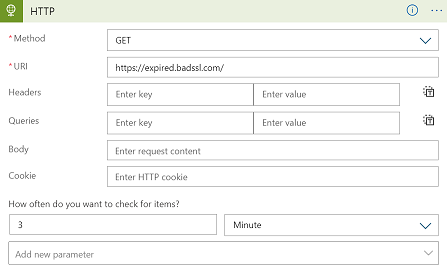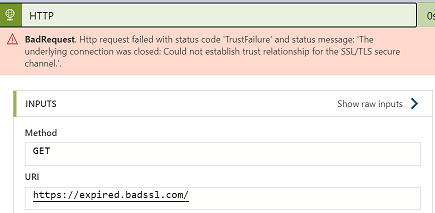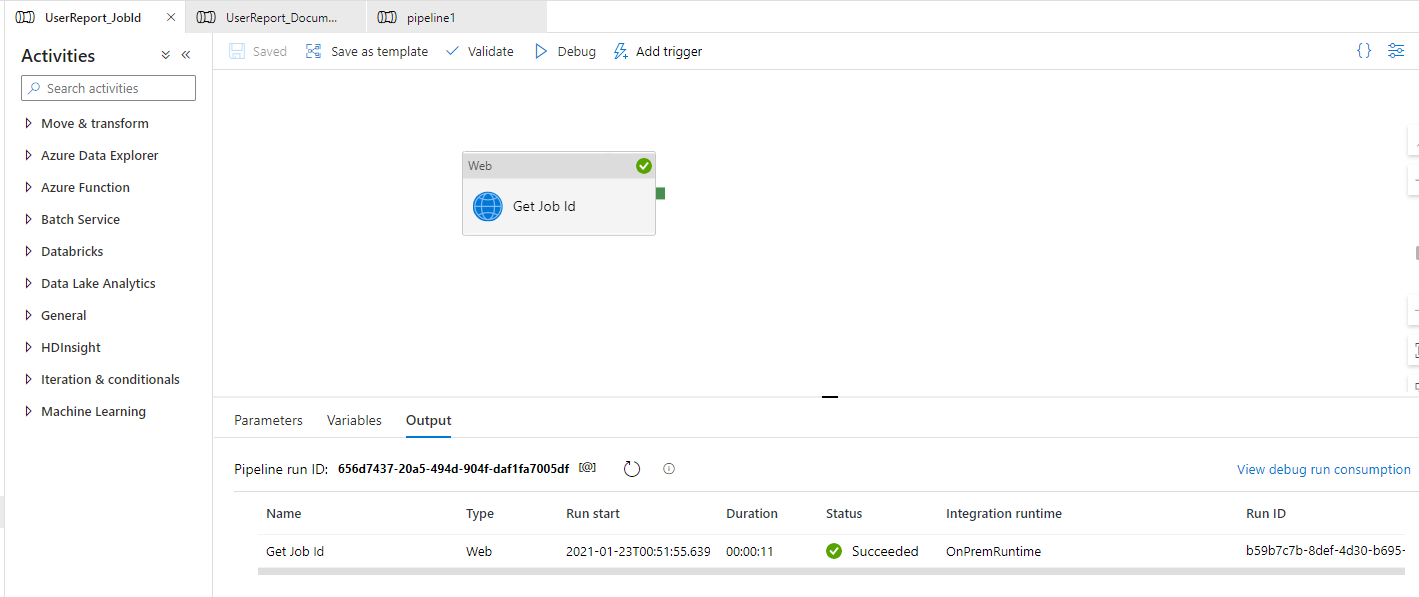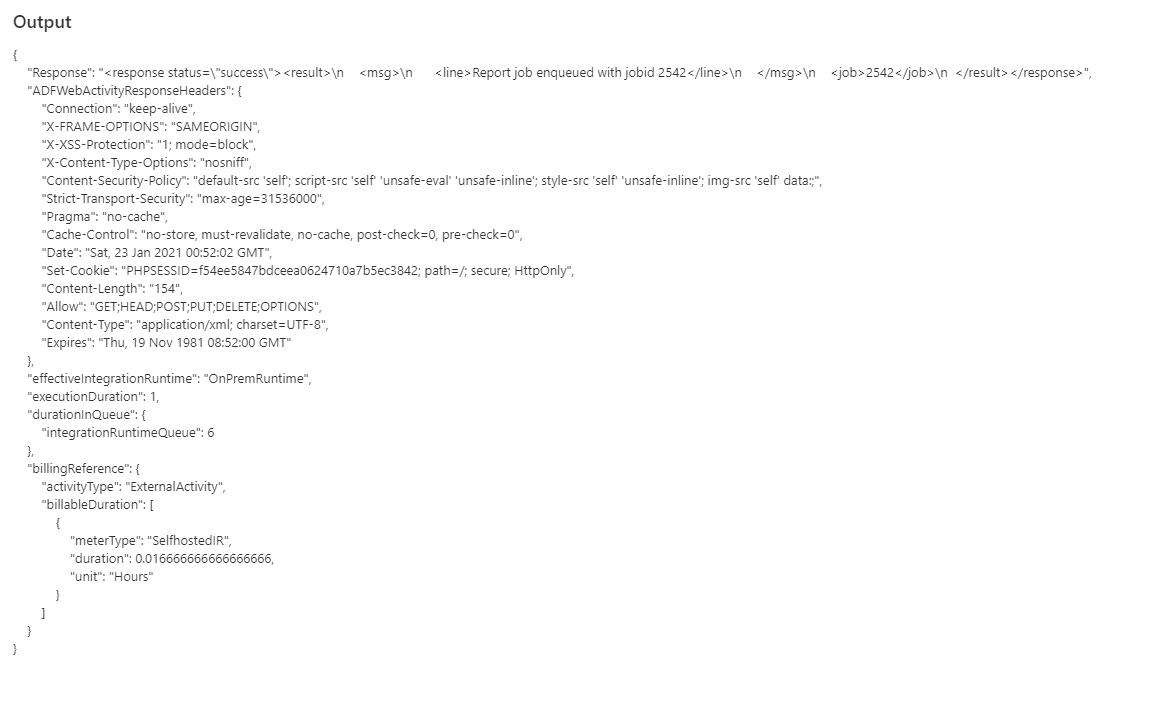Hi @AMJ
Welcome to Microsoft Q&A! Thanks for posting the question.
The error will be observed in the scenario where there is an issue with the certificate at your configured HTTP endpoint or you are using self-sign certificate in multi tenant environment. If you want to use self sign certificate then the logic app should be in ISE. Please review Access for outbound calls to other services and systems for more details on TLS/SSL issue.
In my scenario, I was able to reproduce the issue as the certificate was expired.
Logic App Workflow :

Error:

Hope the above helps and you are able to find the cause of the issue by verifying the certificate of your HTTP endpoint.
Feel free to get back to me if you need any assistance.
Please 'Accept as answer' and ‘Upvote’ if it helped so that it can help others in the community looking for help on similar topics.


